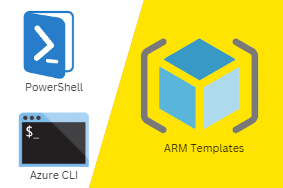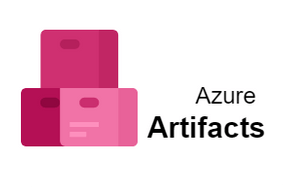Google Cloud Platform IoT Core enables you to securely connect, manage, and ingest data from millions of globally dispersed devices at scale, with minimal latency and cost. It allows you to build new products or improve existing ones by leveraging scalable, high-availability infrastructure and flexible communication protocols. In this guide, we will take you through the process of getting started with GCP IoT Core by building an application that retrieves device data from your device and persists it to Google Cloud Storage (GCS).
What is Google Cloud IoT?
Cloud IoT makes it easier to connect, manage, and ingest data from a variety of devices – with minimal time and effort. At its most basic level, Cloud IoT is an event-driven backend service that lets you quickly capture data from any type of device – regardless of manufacturer or transport protocol—and then upload it to Google BigQuery for analysis. It offers powerful capabilities for prototyping and building scalable architectures for connected products, services, and platforms. Cloud has built in support for popular protocols like MQTT and AMQP, but can also easily support custom protocols if needed.
Key differences between GCP Iot Core and MQTT
MQTT has a few key differences from other protocols. First, it is an extremely lightweight protocol that doesn’t require a handshake to connect, isn’t vulnerable to a denial-of-service attack, and allows messages to be sent with very little overhead. Second, MQTT is specifically designed for machine-to-machine connections and features automatic reconnection in case of a lost connection. Thirdly, it includes two different modes: one that allows clients to disconnect after each message and another that keeps connections open so data can be continuously exchanged between devices. As such, MQTT is well suited for applications where information needs to be constantly communicated between devices or regularly updated.
How does it work with cloud services like TensorFlow, Pub/Sub, Dataflow, Bigtable?
Google Cloud Platform’s cloud services connect easily to one another, and that makes it possible to build distributed systems. You can take advantage of multiple products in order to create a single system without having to manage all aspects of your infrastructure by yourself. It also allows you to make use of resources that are not necessarily used at any given time. For example, if you have a backup plan for tasks running in parallel on TensorFlow and Pub/Sub, they can be processed automatically without any human interaction. Google Cloud Platform’s data storage is ideal for providing an easy way to access cloud-stored data using TensorFlow models or Dataflow pipelines.
What are some use cases for Cloud Iot?
IoT is becoming a hot topic, and Google has made it easy to start playing with some simple use cases. Cloud Iot is a great choice for these kinds of projects because you can get started quickly with your own Raspberry Pi or Intel Edison (Google-supplied hardware) without having to provision anything on your end. From there, you have full access to Google’s powerful cloud services like BigQuery, and you’re all set up for more complex machine learning and analytics later on. Here are a few different things you can do with Cloud Iot in regards to Internet of Things devices: Connect Sensors. Upload sensors from your Arduino to the Cloud. You can then view sensor data via an intuitive dashboard and create alerts when certain conditions occur, such as temperature swings in a remote warehouse. Analyze Data From Hardware Devices: The process of collecting data from distributed devices is time consuming, especially if you’re using conventional methods that require manual processing of log files and spreadsheets before any meaningful analysis can be performed. With Google Analytics, real-time insights derived from IoT data are available through simple reporting tools in no time at all while also allowing complete visibility into user interactions across connected devices; ideal for tracking customer behavior around physical spaces such as stores or smart signage within those stores’ walls!
Why should you use cloud IoT in your projects?
Cloud IoT is a set of services that help developers build, manage, monitor and secure their Internet-connected products. This can be done quickly and securely without needing to spend time setting up servers or configuring your own network infrastructure. A wide range of functions are available, including device management and cloud data storage. Everything is hosted in Google’s cloud platform. It also has tools for analyzing all data being collected from your devices so you can better understand them and improve your product over time.
Why shouldn’t you use Cloud Iot in your projects?
For starters, here’s a quote from Google’s terms and conditions: If you don’t pay for your use of our free services, you are prohibited from using them for commercial purposes. The most common commercial purpose is to sell access to that service or associated data. Another common commercial purpose is unauthorized automated uses of another user’s account (for example, password guessing). If we determine that you are violating our Terms of Service through your use of Cloud Iot Core, we will shut down your project and suspend any associated services. This basically says if you build a product using Google products and it becomes successful they can come after you and shut it down. That doesn’t sound like a good investment!



0 Comments